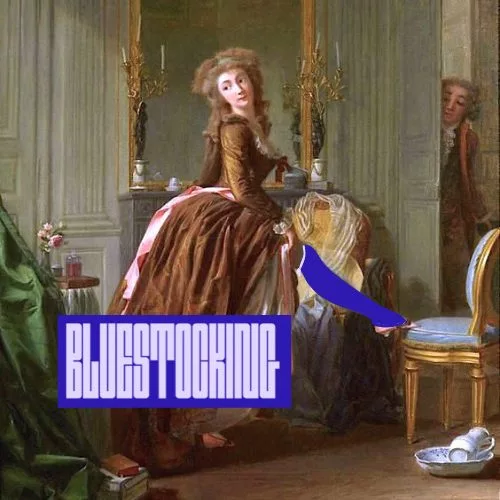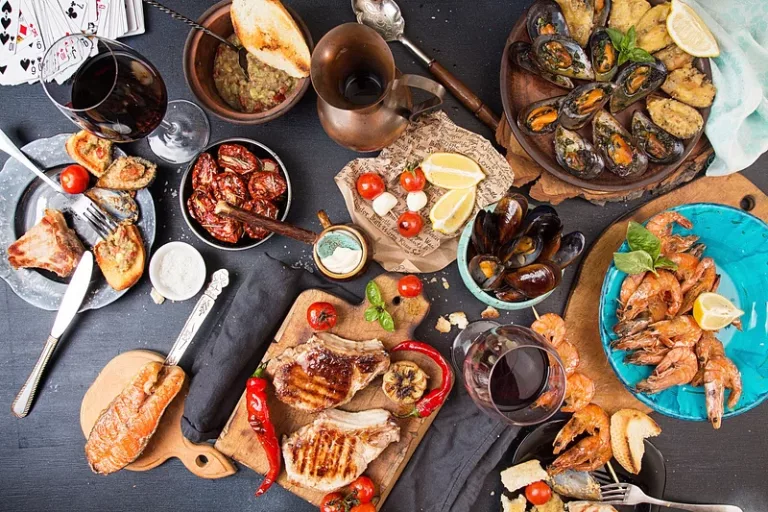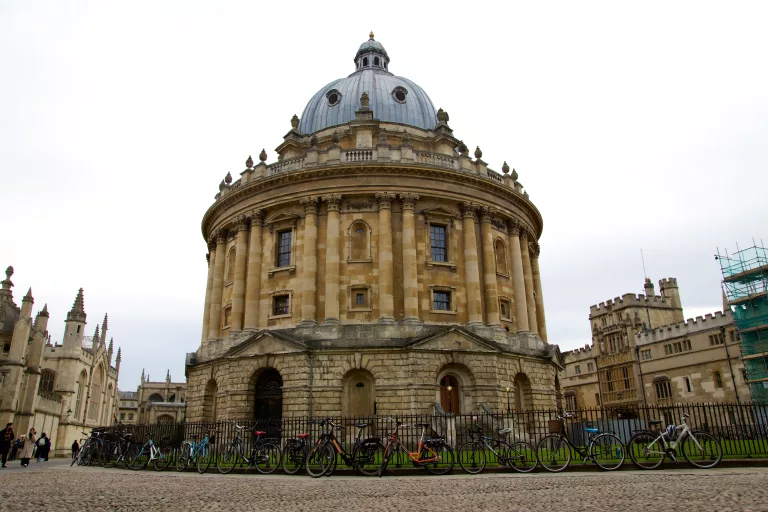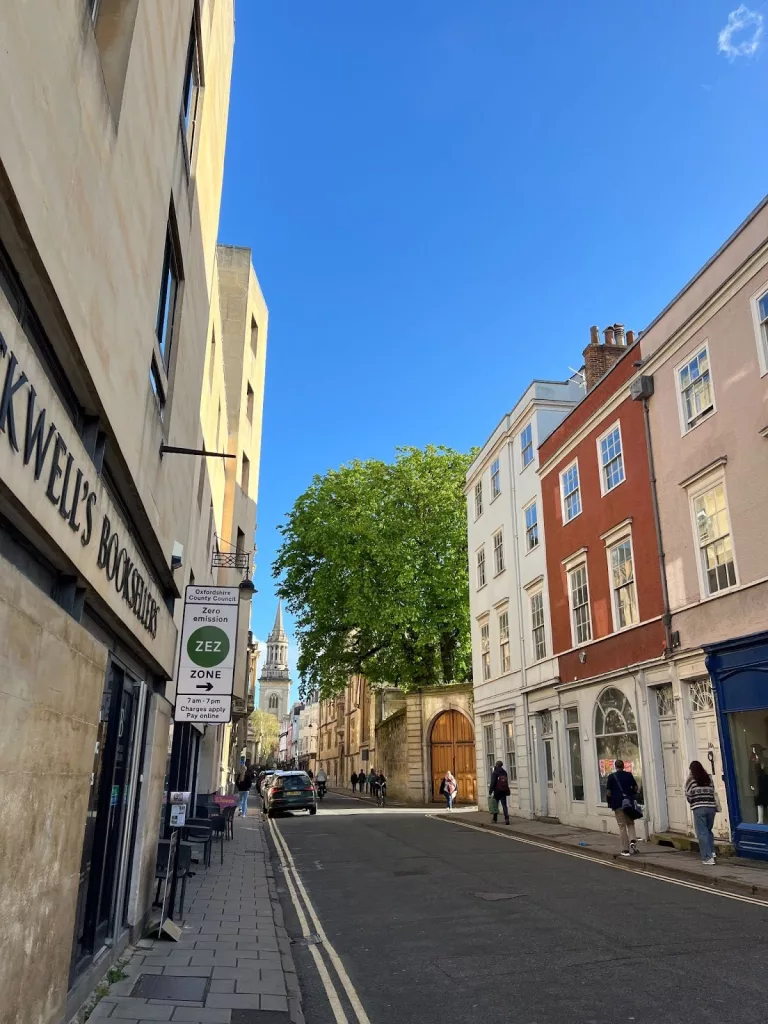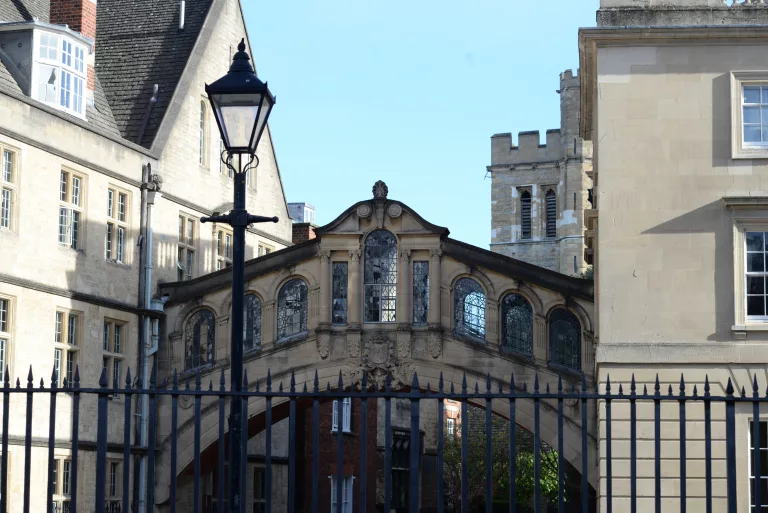On March 28th in a dingy Manhattan courtroom, unrepentant crypto-mogul Sam Bankman-Fried was sentenced to 25 years in prison. This landmark sentence came after an appeal by his lawyers against Bankman-Fried’s conviction in November 2023 on seven counts of wire fraud and conspiracy to launder money.
MIT-educated Bankman-Fried was co-founder CEO of crypto exchange FTX, which was the 3rd biggest such exchange at its peak. His work in the company earned him a spot on the now infamous Forbes ‘30 under 30.’ The exchange went bankrupt in 2022 over concerns around missing funds and suspicious transactions. Amidst a large tranche of fraud charges, the most absurdly hilarious was that the size of their ‘insurance fund’ which supposedly backed up the exchange was set everyday by a random number generator.
SBF professed to have a greater project than just getting rich; he was also a part of the ‘earning to give’ movement associated with the ethical doctrine of Effective Altruism. The essential logic of the movement is that donating to charity is good, and so earning as much money as possible to donate it all is the best way to do the most good for the world. For SBF himself, this apparently meant living it up in his Bahamas penthouse and donating millions to the Democrats. While his FTX Future Fund, with a team that included Effective Altruism figurehead William MacAskill, did donate around $130 million before FTX went under, a portion of the donations were clawed back to pay those defrauded by FTX.
Earning to give is not an evil movement; you can become rich and do good without committing fraud. Rather the problem is the movement’s premise: do not question the fundamental structure of society and why it produces all this inequality, just earn your way to the top by whatever means available to you! It’s an attractive ideology for many in Silicon Valley, whose day jobs range from making killer drones to spying on our personal lives. The justification and greater purpose provided by earning to give keeps the exploitations of the tech giants well oiled – something they wouldn’t have the room to do if all of their employees had a well-developed moral conscience. It seems SBF himself never bought his own moral righteousness though; he later said that his “ethics stuff” was a “dumb game we woke Westerners play where we say all the right shibboleths and so everyone likes us.”
The parable of SBF is a practical lesson in the dangers of a narrow technological education – blinkered and unrepentant, SBF the crypto-bro may hide behind the respectable veneer of technological advancement, but, as Manhattan Attorney Damian Williams noted, “this kind of corruption is as old as time.” The story powerfully demonstrates the philosophy problem that exists within contemporary STEM education. In an era when technological progress shows no signs of stopping, we need scientists and technocrats whose capabilities are not limited to their worksheets, but who possess the capacity and intuition to think critically about the moral and societal implications of their developments – a perspective which only a broader education that includes philosophy can provide. We might also need it for the sake of our history books; I would hate to see Sam Altman quoting a marvel movie instead of the Bhagavad Gita if he creates the first sentient AI.
Besides the illegality of the SBF case, the crypto industry is a clear example of how narrowly educated developers can be enlisted to morally worthless projects. Developers who have only been taught how to answer the “how” questions of technology, rather than the “why” questions of social purpose often yield to deceptively simple answers.
Crypto’s answer to the ‘why’ is that it offers a digital paradise of libertarian market transactions away from the grubby hands of the state. Yet I can assure you that as a Computer Science student, I have never been persuaded of a good use case for it except money laundering and drug running. Even more, it’s bewildering how many of my comrades in tech still get dazzled by crypto’s libertarian gospel despite the fact crypto has become nothing more than an appendage to the all powerful financial system they despise – a truth barely masked by crypto’s cool gadgets and smart algorithms. The lack of exposure to humanities means that those who work in developing new technologies often don’t have the larger social and moral perspective necessary to question the more dubious parts of their fields or the wider political and economic system that prioritises them.
Lack of a wider education in humanities as well as philosophy has other problems, particularly political ones. A common sentiment among many computer scientists (no doubt true in other technical fields as well) is not just to identify as apolitical, but rather ‘anti-political.’ John Maynard Keynes described “practical men” as those who “believe themselves to be quite exempt from any intellectual influence, but are usually the slaves of some defunct economist.” In the exact same manner, techies who claim to be independent thinkers with their ‘anti-politics’ are merely hiding an ideological commitment to a tech blogger or some venture capitalist that cashed out a decade ago. The ideology of these practical men typically includes a contempt for both sides of the political establishment, not because of their inability to address crises or secure a standard of living but instead for their ‘unscientific irrationality’. According to them, political problems would dissolve away if politicians listened to the experts and thought ‘algorithmically.’
The most prominent incarnation of this political tendency is Andrew Yang, who ran and lost in the 2020 Democratic primaries before leaving to form his “Forward Party.” The name itself indicates how he conceives of his politics as neither ‘left’ or ‘right’ but merely forward and therefore ‘correct’. The base of his campaign was comprised of young tech workers disillusioned by the mainstream, yet he also attracted high-profiled endorsements. Yang was backed by Elon Musk who claims to be a centrist even though he sees politics as “a battle to the death with the anti-civilizational woke mind virus.” The similarity of their politics lies in their shared ‘techno-optimism’, the idea that political and social divisions will be dissolved by advanced technology if only we can facilitate it. Yang’s signature policy of Universal Basic Income (UBI) is founded on such an assumption: automation will be a net benefit to society as long as we can distribute it accordingly. The problem with UBI is not feasibility – many economists and politicians from across the spectrum have backed it – but rather its politically neutral veneer. Any significant political undertaking creates winners and losers, yet Yang seems to forget this when he argues that it’s just the way forward. The “Practical Men” that advocate for or support Yang or those like him are a direct symptom of STEM education tunnel-visioned on technical expertise and therefore technical fixes, without any acknowledgement of the broader social concerns they raise.
Our education system should be focused on preparing responsible citizens that think critically as much as they’re focused on preparing students for the future job market. Without it, we’ll be left in a world ruled by SBFs and Elon Musks whose engineers go along with their techno-optimist whims because they weren’t equipped with the philosophical intuitions necessary to overcome their pro-technology prejudices.
The prominent narrow view of science education as merely technical is peculiar historically – science itself was called natural philosophy up until the 19th century. Newton would be confused if you told him that he was a scientist and not a philosopher. He was trying to investigate the true nature of the universe – how else could one describe a philosopher? The intellectual division of labour that splits STEM and Humanities is merely a part of the trend towards greater economic specialisation. Yet the isolation of the disciplines from one another not only leads to a moral vacuum and social aimlessness among those developing frontier technologies, but the dearth of philosophical awareness of one’s field makes scientists less innovative.
Current education in the sciences is almost entirely technical; to-be physicists learn the formulas and theorems that govern the quantum world, but rarely are they encouraged to think about what these theories actually mean. Only a broad education that includes the historical context and philosophical understanding of their field can train the scientists we need to answer the big questions that remain in fundamental science.
The chief objection against a broader education that includes philosophy rests on a maxim prevalent among many researchers today best stated by Lawrence Krauss: “science progresses and philosophy doesn’t”. It follows that we shouldn’t waste precious time with questions like ‘what do atoms mean?’ when an education in ‘what atoms are‘ already takes up enough time. A broader education might have been possible when all knowledge of Chemistry was contained in a handful of alchemy textbooks, but not now when its subfields fill up entire libraries; we simply don’t have the time to waste when it takes up to a decade to reach the frontiers of a discipline. The attitude is essentially an imperative: “Stop thinking about the deep nothings of metaphysics – there are experiments to conduct!”
Although Krauss and the crowd of ‘anti-philosophy’ science pundits criticise philosophy for being stagnant, in reality fundamental science has moved remarkably slowly in the last couple of decades. Despite exponential increases in staff, funding and technology, there’s been a noticeable lack of development in fundamental theory. Nobel prizes of the last decades have not gone to scientists coming up with revolutionary new theories or models, but to those verifying the theories of the early 20th century experimentally or extending their applications. Don’t just take it from me – a meta-study of research published in Nature found that “progress is slowing in several major fields”, despite “conditions that should be ripe for major advances” created by the growth in research output. Most damningly, the authors attributed “this trend in part to scientists’ and inventors’ reliance on a narrower set of existing knowledge”; essentially scientists today aren’t experimenting as radically or dreaming as big as they used to. This is not because the previous generations got it all right; there remains significant gaps in fundamental theories of Physics or Biology: we still can’t reconcile quantum physics with general relativity, or explain how life began on Earth. While there is no doubt that the competitiveness of modern academia and funding contribute to reduced innovation, this doesn’t give us the full picture. Instead, the better explanation of the slowdown in science is that we no longer equip ambitious scientists with a broad and philosophically minded education necessary to create the innovative and radical new theories we need.
The objections to a broad education rely on the false distinction that ‘science’ can be separated from ‘philosophy’ and particularly that science can be advanced by researchers without philosophical awareness. Einstein himself was particularly critical of the distinction between science and philosophy gaining hold in his time and never failed to underscore the importance of philosophy: “a knowledge of the historic and philosophical background gives that kind of independence from prejudices of his generation from which most scientists are suffering.” He also admitted in a letter that he was unsure whether he would have been able to come up with his theory of relativity had it not been for Hume’s Treatise on Human Nature. Another Nobel prize winner in Physics, Heisenberg said that his mind had been formed studying “philosophy, Plato, that type of thing.”
Fundamental science is struggling because we no longer educate scientists to be ‘true seekers of truth’. Instead, the modern system of narrow and focused technical study trains specialists to be experts in their particular sub-fields, but without the ability or ambition to connect disparate sub-fields and construct unified theories. We’ve been left with a cohort of scientists that have “seen thousands of trees, but never seen a forest” as Einstein would describe them. If we want a world where science progresses as it used to, we need people to be educated more like Einstein or Heisenberg and less like Krauss.
So what would such an education look like in practice? This nasty problem called ‘reality’ commonly afflicts utopian dreamers like myself – it’s easier to criticise than to construct an alternative. But perhaps criticism can be our starting point. For example, the discontinued “Ethics and Responsible Innovation” course previously mandatory for all first year CompSci students, was in theory the exact kind of course we should endorse, but it became a joke among my peers on account of its unengaging content and incoherent subject matter. The speed at which the course whipped through complex ethical systems neither gave us time to reflect on the deep topics at hand, nor relate them adequately to our responsibilities as future scientists and tech innovators. In fact, the course was flawed in its very premise: an education in the humanities, in particular ethics, should not be an aside to the important technical stuff, but rather studied for its own sake. And when these topics are discussed in the context of the field itself, they should be integrated into the technical curriculum, so the ethical implications of science are as clear as the science itself.
Such an education is just a suggestion, and it is possible that it would not have hindered Sam Bankman-Fried from falling as far as his sentence shows. After all, reading Hindu philosophy failed to stop Oppenheimer from developing the nuclear bomb. You might even argue it helped hithem maintain a critical distance from the moral implications of his work. The point is that we must find a way of bringing scientists and tech developments within the moral-philosophical fold – of tuning them to the moral needs of the ‘demos’ – so that a future SBF might not be elevated to such lofty heights from which to fall, and the stagnation in fundamental theory can be overcome. Be it through changes to education or otherwise, for the sake of these things, STEM students, scientists and modernisers must learn to complement their technical prowess with philosophical intuitions. At the very least, this will make them more interesting to talk to.


